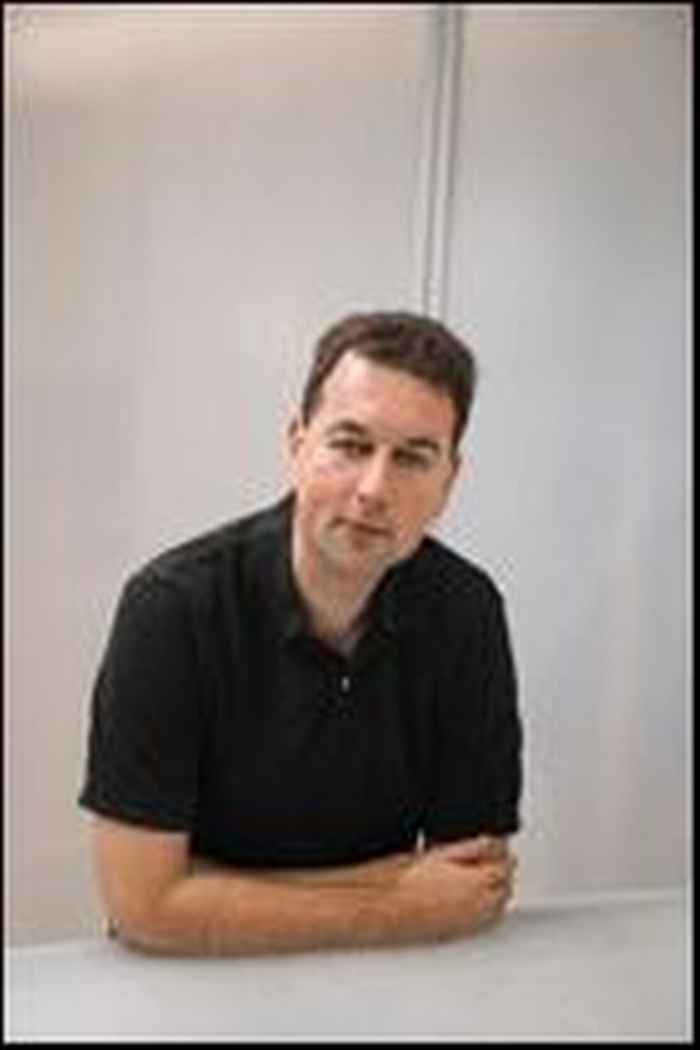Academic staff
Chemistry (MSc)

Name: Dr. David Dubbeldam
'I graduated from the UvA in computer simulations of zeolites, porous minerals that adsorb fluids or gasses and have the ability to retain large quantities thereof. You come across zeolites in daily life shaped as kitty litter and washing powder, for instance, but they can be applied in numerous other ways. In the petrochemical industry they are used to cut long molecules in crude oil into smaller gasoline ones. In total around two to three hundred different forms of zeolites exist, some of which are natural while others are synthetic. Zeolite research has a long history, virtually everything is now known about their adsorption capacity. And research in this field was given a major impetus around the year 2000 when scientists starting working on a completely new class of materials known as metal-organic frameworks. Endless varieties of these synthetic materials can be created, as opposed to zeolites.'
'It can be ultra-efficient to use this material for storage purposes. Once stored, the gas no longer qualifies as gas or even as liquid but enters an adsorbed phase. The density of substances in that phase is sometimes even greater than in a liquid state. You can therefore store more in the same space and at a much lower pressure. This is because of the attractive forces inside the metal-organic frameworks. There are two main types of adsorption. One is called ‘chemisorbed’, where the adsorbate is chemically bonded to the structure. The disadvantage is that it is bonded so strongly that you need a very high temperature to release it again. This often is impractical for a storage medium. The other form of bond is known as ‘physisorption’. This form of bond is much weaker. As you can imagine, for storage purposes this is both an advantage and a disadvantage.'
'Consequently, the art is to design a material which has a sufficiently strong adsorption-strength but from which gas can also be easily released. In order to find such materials, I perform computer simulations of potentially new materials. In principle, there are infinite possibilities. Basically, I can choose to put one benzene ring between each corner, or two, or three, and so on. When doing so I slightly enlarge the size of the pores each time. However, I also need to take into account of what is physically possible. I could create absurdly large pores measuring 70 angstroms. This is much larger than the pores in natural zeolites, which measure somewhere between 5 and 17 angstroms. If the pores are too large, however, in practice the structure will collapse and become useless. That knowledge is useful when other researchers later actually start producing the materials invented by theoreticians in a lab. It saves a lot of work if I can calculate whether the material is appropriate beforehand. I worked with experimental researchers in the USA for three and a half years. When reading a paper I sometimes thought to myself: “Wow, this is an amazing material”. But it was also very instructive to see just how difficult it was to actually produce such material.'
'What I really enjoy about my work, is that my models have a highly predictive value. In the past people were skeptical but time and again experimental values turn out to be the previously predicted simulation value for a perfect structure. If these two do not match, for instance if the storage capacity deviates significantly from my calculations, I know that something has gone wrong when producing the material. I can often even pinpoint the problem. In that case part of the material is inaccessible because it still contains some of the solvent used during production, or part of the structure may have collapsed.'
'Visualization It allows me to understand the channel-system in a structure. I can see right away whether a channel is only a straight channel or whether it is a three-dimensional network. That’s useful to know when adding two different substances, for example. You can easily see that a larger molecule only fits into the large channels, and that a smaller molecule also fits into the smaller side channels. An experiment will not easily reveal this type of information.'
'In 2010, I received a Vidi grant from the Netherlands Organisation for Scientific Research (NWO) for my research. Among other things I hope to apply these funds in making the models I’ve created more generic. Identifying efficient materials with desired properties is still often a case of trial and error. My aim is to approach this systematically. What happens if a structure increases in size, from one to two or three benzene rings? It’s ambitious but realistic at the same time. We have made great advances with zeolites, and we’re bound to succeed with these materials as well.'